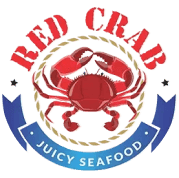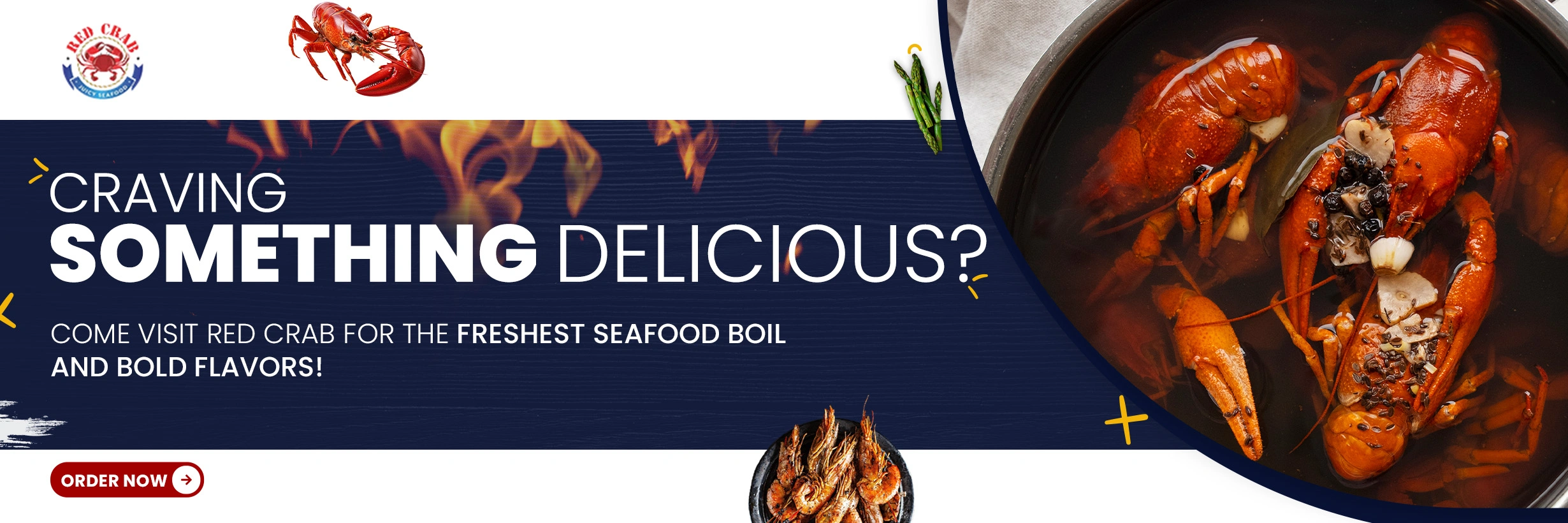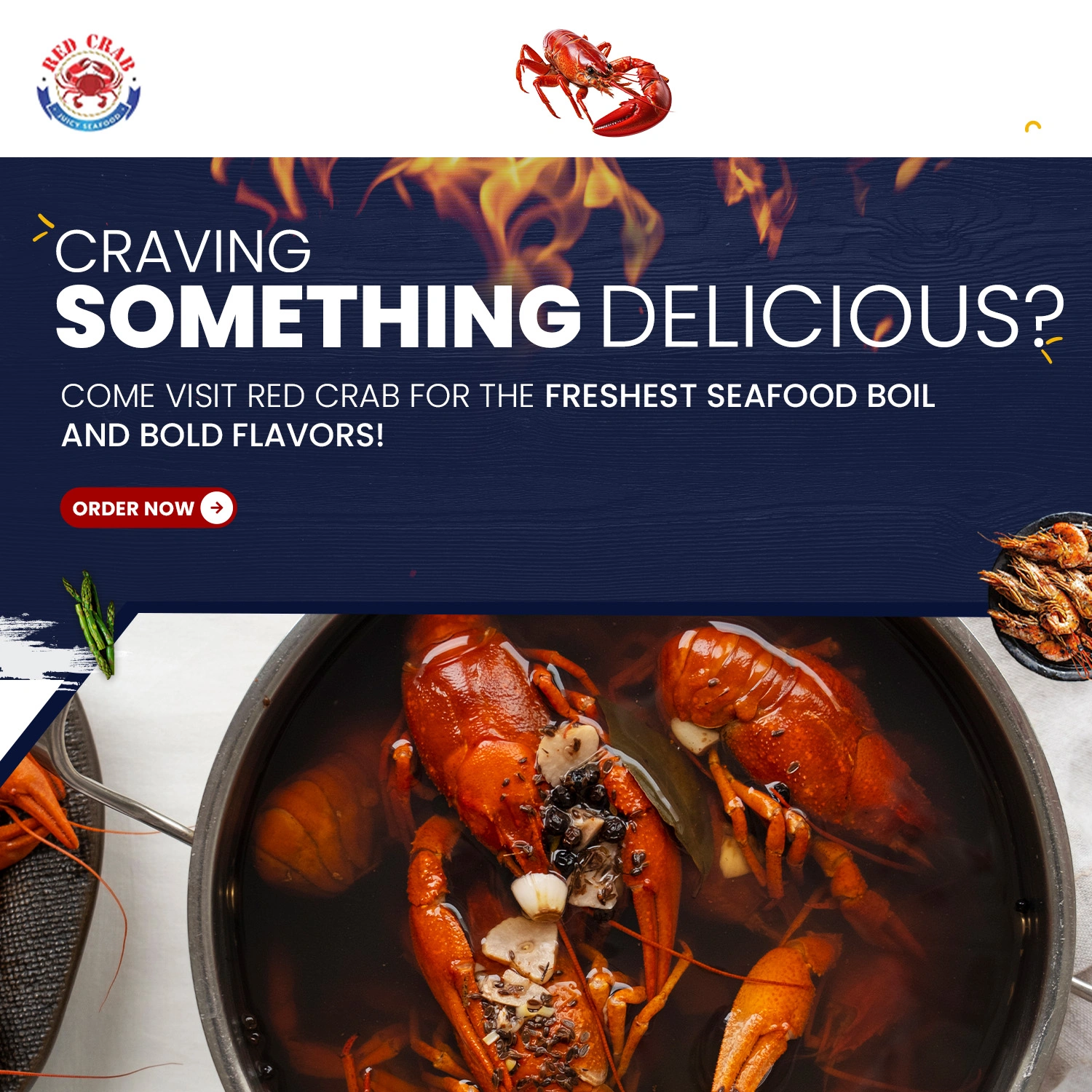Is Tilapia Safe to Eat? – All You Need to Know About it
Tilapia is a widely consumed fish. One that has gained popularity in the culinary world for its mild flavor and versatility. Originating from freshwater habitats, this fish has become a staple in many diets around the globe. As with any food, concerns about its safety and nutritional value have arisen. Thus, we will delve into the world of exploring its origins, nutritional profile, and environmental impact, while addressing the common question: Is tilapia safe to eat?
Table of Contents
What is Tilapia?
It is a freshwater fish you can find at seafood near me. There are numerous species but the most common include Nile tilapia, Blue tilapia, and Mozambique tilapia. Native to Africa, it has become one of the most widely farmed fish globally. However, this is due to its adaptability to various conditions.
The mild and lean flesh makes it a popular choice for a variety of seafood recipes at a seafood restaurant near me. Moreover, its neutral taste allows for easy use in various recipes, and it readily takes on the flavors of mixed herbs, spices, and sauces.
Is Tilapia Safe to Eat?
The safety of tilapia consumption has been a debate. Moreover, there have been concerns regarding farming practices and production, including the use of antibiotics, environmental impact, and potential contamination. Let’s explore these issues in detail.
Antibiotic Use in Tilapia Farming
Tilapia farming sometimes involves the use of antibiotics to prevent and treat diseases. Furthermore, excessive use of antibiotics can be a cause for concern, as it may add to the development of antibiotic-resistant bacteria. However, regulations and monitoring practices vary globally. Consumers can make informed choices by selecting from sources that prioritize sustainable farming practices like seafood near me.
Environmental Impact
The environmental impact of tilapia farming depends on the methods used. Traditional pond farming can lead to issues such as water pollution and habitat destruction. However, the industry has been changing, with the use of more sustainable practices. These methods aim to reduce the environmental impact related to tilapia farming.
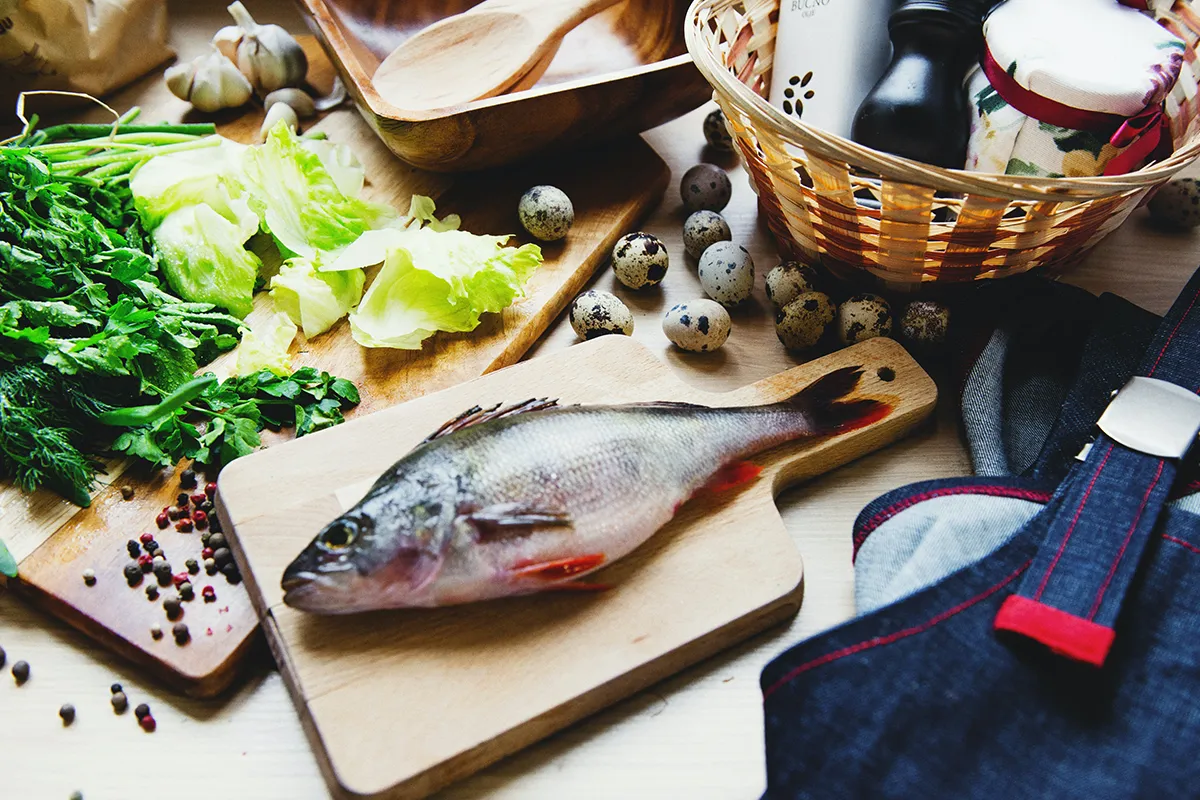
Contamination Concerns
Like any fish, it is exposed to environmental contaminants such as heavy metals and pollutants. However, this is influenced by the water quality in which the fish are raised. In various countries, standards are enforced to ensure that fish sold to seafood near me meet safety requirements. To reduce risk, consumers can choose from well-known sources and be aware of any warnings issued by health authorities.
Nutritional Profile of Tilapia
Tilapia is known for its nutritional value. It is a good source of high-quality protein seafood near me, providing amino acids that are crucial for muscle, immune function, and overall health. Additionally, tilapia is low in saturated fats and calories, making it a heart-healthy option for those looking to maintain a balanced diet.
Health Benefits
Despite the concerns mentioned above, tilapia offers several health benefits when consumed as part of a balanced diet. Here are some of the benefits of including it in your meals:
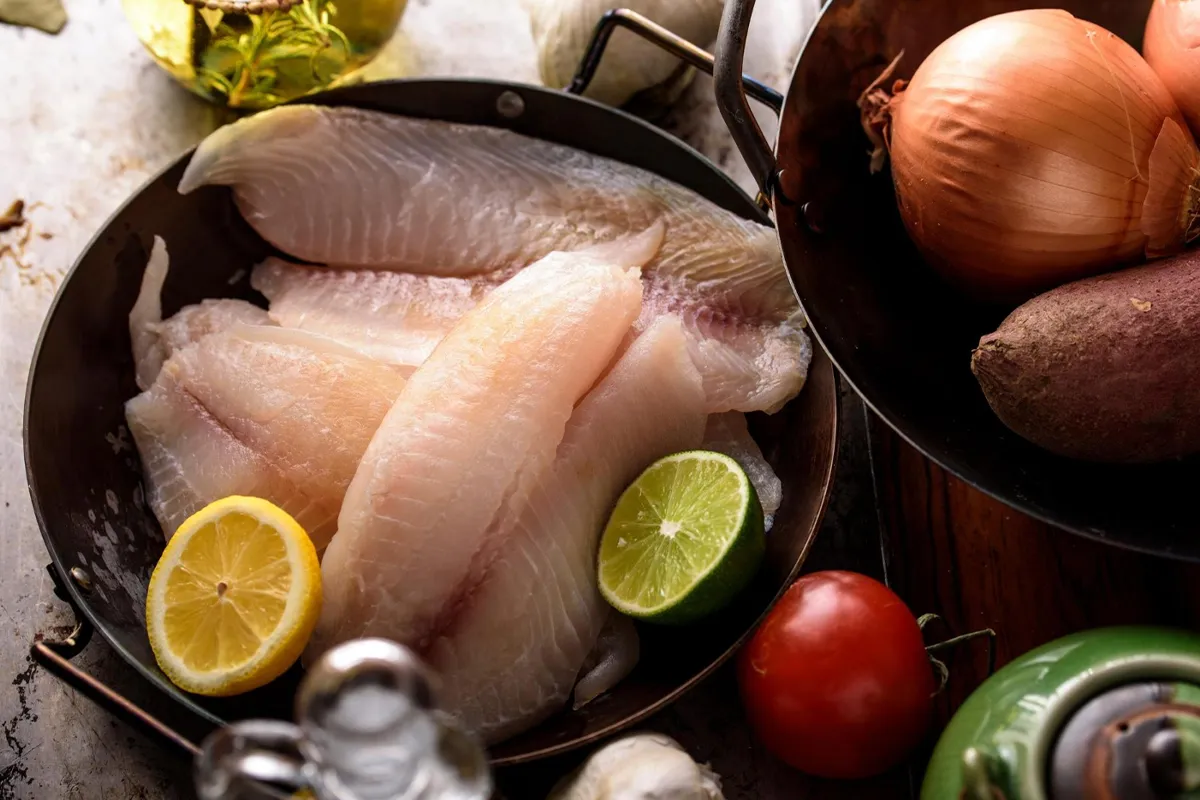
Lean Protein Source: It is an excellent source of lean protein, making it a valuable addition to a low-fat, high-protein diet. Moreover, protein is essential for muscle, repair, and overall body function.
Rich in Nutrients: It is packed with vital nutrients like B12 vitamins, phosphorus, and selenium minerals. These nutrients play a key role in important bodily functions, such as metabolism and immune health.
Omega-3 Fatty Acids: While not as high in omega-3 fatty acids as some fatty fish, it still adds to a heart-healthy diet. Omega-3s are known for their anti-inflammatory properties and heart health.
Versatile Culinary Option: It’s mild flavor and texture make it a favorite in the kitchen at seafood near me. It can be grilled, baked, broiled, or pan-seared, and it readily absorbs the flavors of seasonings.
Making Informed Choices: Tips for Consumers
For those who enjoy tilapia and want to make ethically conscious choices, here are some tips:
Source Responsibly: Choose from well-known sources that prioritize sustainable farming practices. Additionally, seek certifications like the Aquaculture Stewardship Council (ASC) or Best Aquaculture Practices (BAP).
Diversify Your Seafood Choices: While tilapia can be a part of a healthy diet, it is essential to have vast seafood choices at hand. You can find them at seafood near me. Mixing up your fish choices in meals is a good idea. It helps you get a range of nutrients and reduces the environmental impact associated with farming only one type of fish.
Stay Informed: Stay updated on seafood industry changes, including farming practices. Stay up to date with any guidelines or recommendations provided by health authorities.
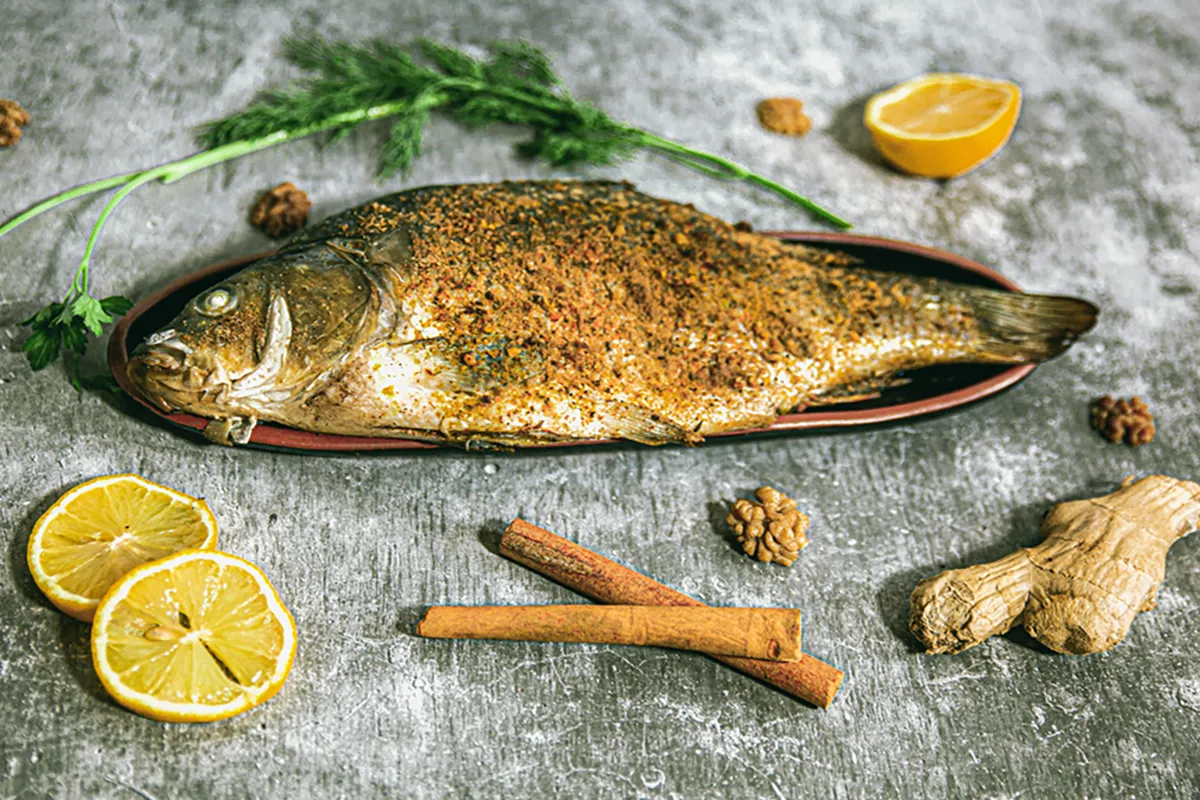
Recipes to Explore
These recipes not only demonstrate how versatile tilapia is but also show how effortlessly it can be incorporated into different cuisines and cooking styles. Whether you prefer a light and lemony flavor, a spicy kick, or a crunchy Parmesan crust, these recipes offer something for everyone. You may try them at seafood near me as well or whip them up from the comfort of your home. Enjoy experimenting with these delicious tilapia dishes!
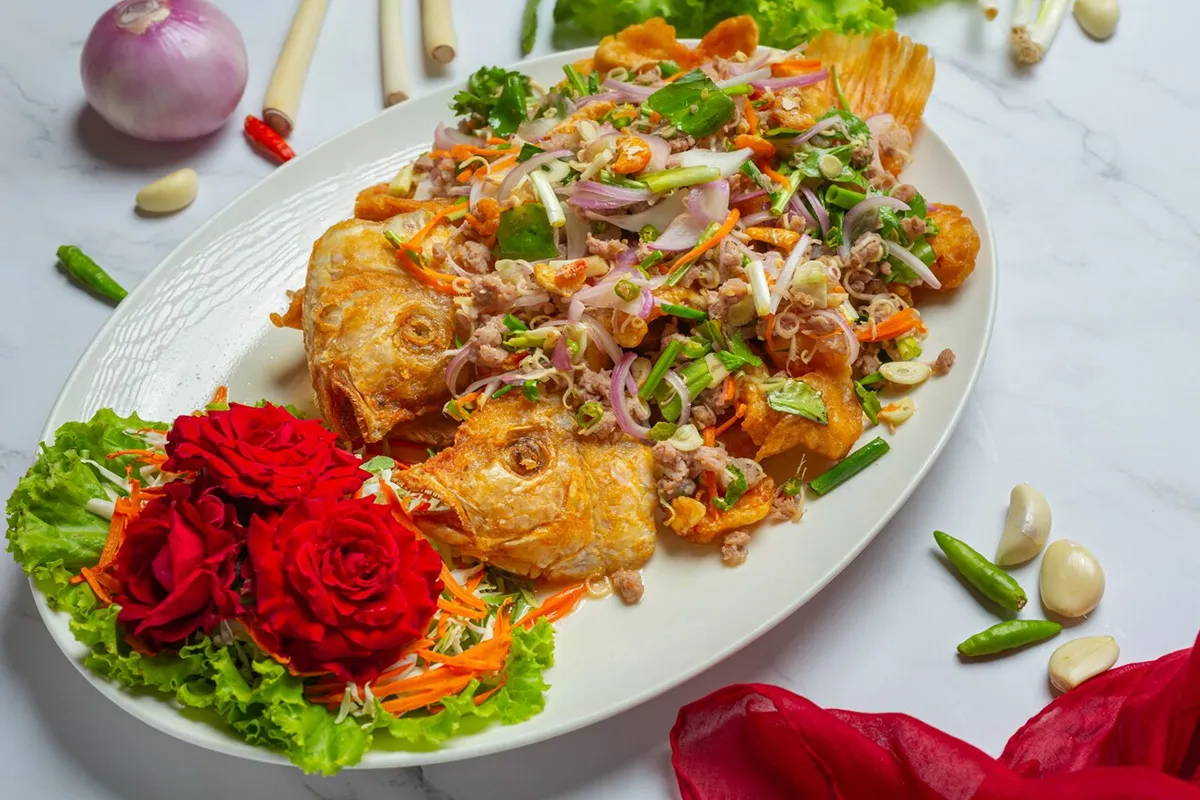
Lemon Garlic Tilapia with Roasted Vegetables
Lemon Garlic Tilapia with Roasted Vegetables is a light and flavorful dish, featuring tender fish marinated in a zesty lemon garlic sauce. Paired with perfectly roasted seasonal vegetables, it’s a healthy and satisfying meal that’s both fresh and delicious.
Ingredients:
- 4 tilapia fillets
- 2 tablespoons olive oil
- 4 cloves garlic, minced
- 1 lemon, juiced and zested
- 1 teaspoon dried oregano
- Salt and pepper to taste
- Assorted vegetables (zucchini, cherry tomatoes, bell peppers) for roasting
Instructions:
- Preheat your oven to 400°F (200°C).
- In a small bowl, mix olive oil, minced garlic, lemon juice, lemon zest, oregano, salt, and pepper to create a marinade.
- Place fillets in a baking dish and pour the marinade over them, ensuring they are well coated. Let it marinate for at least 15 minutes.
- Meanwhile, chop the vegetables and spread them on a baking sheet. Drizzle with olive oil, salt, and pepper.
- Bake the fillets and vegetables for about 15-20 minutes or until the fish is cooked through and flakes easily with a fork.
- Serve the fillets over a bed of roasted vegetables, garnishing with fresh herbs if desired.
Blackened Tilapia Tacos with Mango Salsa
Blackened Tilapia Tacos with Mango Salsa offer a perfect blend of bold, smoky flavors and vibrant sweetness. The spicy fish pairs beautifully with the refreshing, tangy mango salsa, creating a deliciously balanced taco experience.
Ingredients:
- 4 tilapia fillets
- 2 tablespoons blackened seasoning
- 2 tablespoons olive oil
- 8 small flour tortillas
- Shredded lettuce
- Mango salsa (diced mango, red onion, cilantro, lime juice)
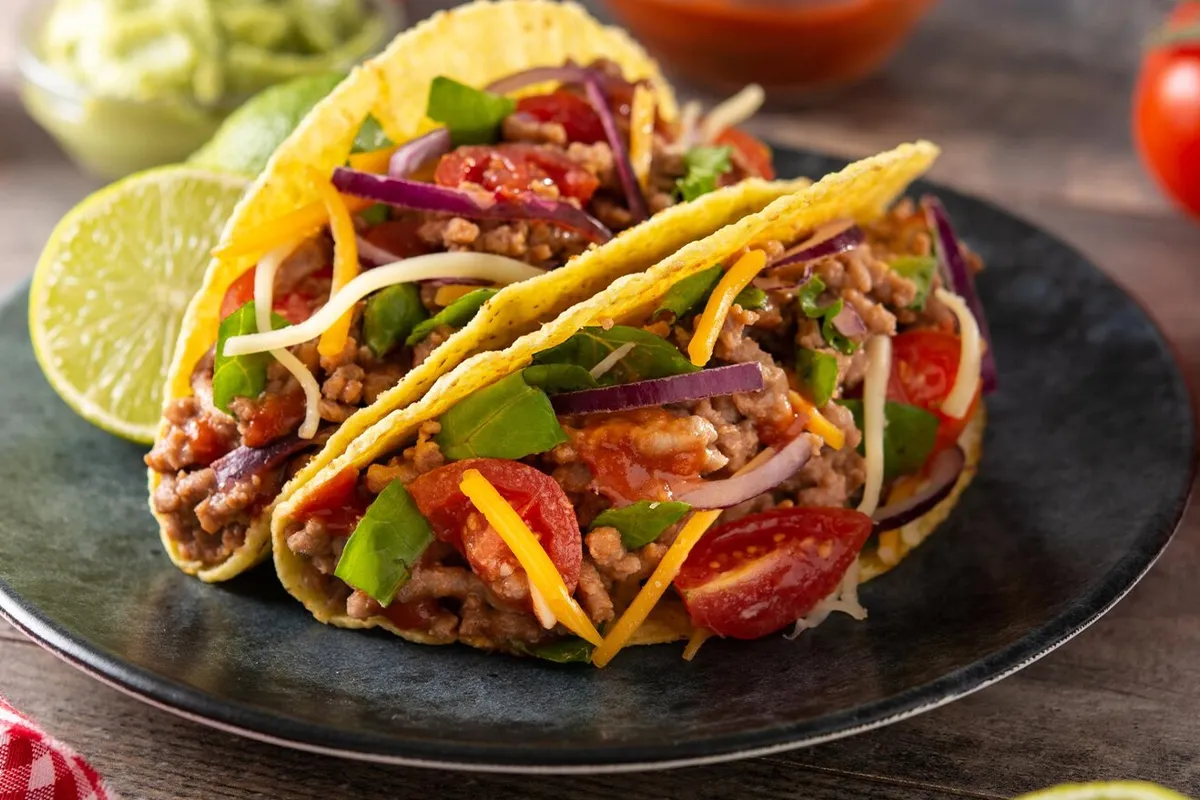
Instructions:
- Coat fillets with blackened seasoning, ensuring both sides are evenly covered.
- Heat olive oil in a skillet over medium-high heat. Cook fillets for 3-4 minutes per side or until blackened and cooked through.
- While the fillets are cooking, warm the tortillas in a separate pan or microwave.
- Assemble tacos by placing shredded lettuce on each tortilla, followed by a blackened fillet.
- Top with mango salsa and additional lime wedges if desired.
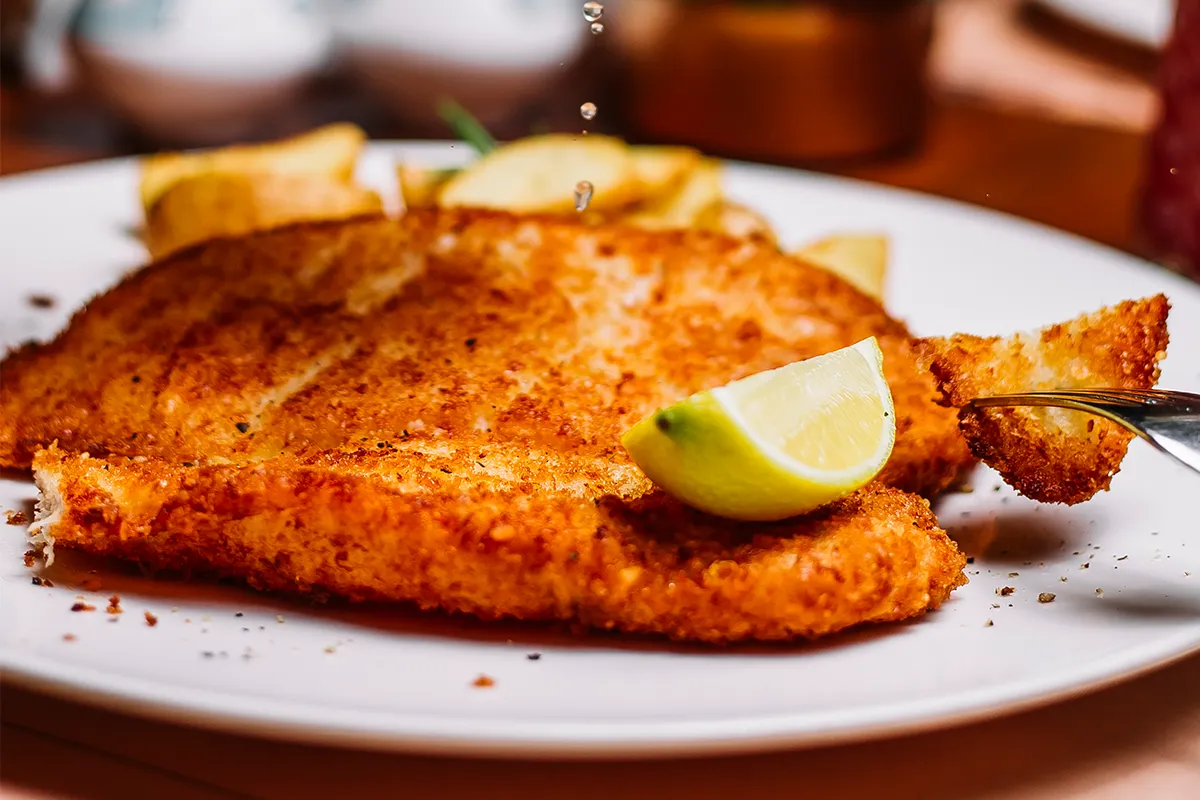
Baked Parmesan Crusted Tilapia
Baked Parmesan Crusted Tilapia is a crispy, golden-brown dish with a savory Parmesan coating that perfectly complements the tender, flaky fish. This simple yet flavorful meal is a delicious way to enjoy tilapia with a hint of Italian flair.
Ingredients:
- 4 tilapia fillets
- 1 cup breadcrumbs
- 1/2 cup grated Parmesan cheese
- 1 teaspoon garlic powder
- 1 teaspoon dried basil
- 1/2 cup melted butter
- Lemon wedges for serving
Instructions:
- Preheat your oven to 400°F (200°C).
- In a shallow dish, combine breadcrumbs, Parmesan cheese, garlic powder, and dried basil.
- Dip each fillet in melted butter, then coat it with the breadcrumb mixture, pressing the crumbs onto the fish to adhere.
- Place the coated fillets on a baking sheet lined with parchment paper.
- Bake for 15-20 minutes or until the tilapia is golden brown and flakes easily.
- Serve with lemon wedges for squeezing over the top.
frequently asked questions
Can pregnant women eat Tilapia?
It is one of the best fish to consume for pregnant women and children over the age of 2 years due to its low mercury content.
Can you eat Tilapia farmed in China?
Do Tilapia eat algae?
Tilapia eats algae and it is not a myth but they also consume other varieties of food.
Conclusion
Tilapia can be a safe and nutritious addition to a well-rounded diet when sourced responsibly. Concerns exist regarding antibiotic use, environmental impact, and contamination in tilapia consumption. However, making informed choices can address these issues. By understanding the fish‘s origin, choosing products from reputable sources, and staying informed about industry practices, you can safely include tilapia in a healthy diet. So, dive in and enjoy tilapia at seafood near me.
